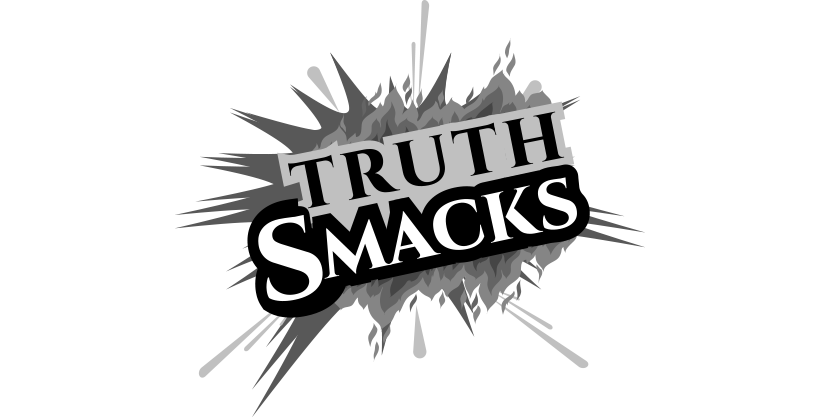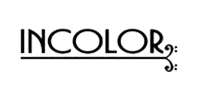Understanding Paid Advertising
Paid advertising, also known as paid media, is a model where marketers pay for ad placement to target potential customers. Unlike organic reach, which relies on non-paid strategies to gain visibility, paid ads offer immediate visibility and precise targeting. It encompasses a variety of formats including pay-per-click (PPC), display ads, social media ads, and influencer partnerships.
Relevance in the Digital Marketing Mix
- Immediate Traffic and Visibility: Paid ads drive immediate traffic as opposed to the gradual growth through organic methods. It’s a quick way to get in front of potential customers, especially for new websites or businesses launching new products.
- Targeting Precision: With sophisticated algorithms, businesses can target ads based on demographics, interests, behaviors, and even specific keywords. This level of precision ensures that your marketing message is seen by those most likely to be interested in your offerings.
- Scalability: Paid advertising campaigns can be scaled up or down with ease, giving marketers control over the budget and reach of their campaigns. This flexibility is crucial in responding to market changes and business needs.
- Measurable Results: The effectiveness of paid advertising campaigns can be measured in real-time through metrics such as click-through rates (CTR), conversion rates, and return on ad spend (ROAS). This data-driven approach enables continuous optimization.
- Brand Reinforcement: Even when consumers don’t click on ads, there’s value in exposure. Paid ads enhance brand visibility and reinforce brand messaging, contributing to long-term brand recognition.
Challenges in Paid Advertising
While paid advertising offers numerous benefits, it also presents challenges. Ad fatigue, high competition for keywords, and the rising cost of advertisements make it imperative for businesses to craft strategic and engaging campaigns. Ad blockers and shifting user behaviors towards privacy also pose hurdles that must be addressed with smart planning and ethical practices.
Choosing the Right Platforms for Paid Advertising
Identifying Business Objectives and Audience
- Define Clear Objectives: Goals might include increasing website traffic, generating leads, boosting sales, or enhancing brand awareness. Each platform has strengths related to different objectives, so clarity is essential.
- Know Your Audience: Understanding your target audience, including their online behavior, preferred platforms, and content consumption patterns, is foundational in platform selection.
Evaluating Platform Options
- Google Ads: Dominant in search advertising, Google Ads works well for businesses aiming to capture intent-based searches. The Google Display Network expands reach through visuals on various websites.
- Facebook & Instagram: These platforms offer rich demographic targeting and are excellent for building brand awareness and community engagement with visual and interactive content.
- LinkedIn: For B2B companies, LinkedIn is the go-to platform for its professional networking environment, ideal for thought leadership and direct outreach campaigns.
- Twitter: Real-time engagement and concise messaging define Twitter, making it suitable for brand awareness and trend insertion, though its audience may be more niche compared to others.
- Emerging Platforms: TikTok and Pinterest, while lesser used for paid ads, can offer high engagement and a unique audience that may provide untapped opportunities for certain businesses.
Budget Allocation and ROI Considerations
- Cost-Effectiveness: Evaluate the cost of advertising on each platform in relation to the potential ROI. Consider both CPC and CPM models to determine which aligns with your business goals.
- Track and Measure: Implement tracking methods like UTM parameters and conversion tracking to measure the effectiveness of your ads on each platform and allocate budget accordingly.
- A/B Testing: Regularly test different ad formats, copy, and targeting to optimize performance and spend.
- Consider Ad Synergies: A cross-platform approach can reinforce ad messaging and improve overall campaign performance.
Leveraging Technological Advances and Analytics
- Use of AI and Machine Learning: Many platforms incorporate AI to optimize ad bidding and targeting. Leveraging these can improve campaign outcomes and efficiency.
- Analytics and Data Interpretation: Deep-dive into analytics to understand user behavior and campaign performance. This data informs strategic decisions and future campaigns.
- Stay Abreast with Trends: Digital marketing is ever-changing. Keep up with the latest trends and platform updates to stay competitive.












